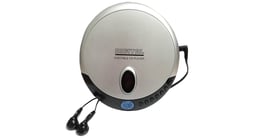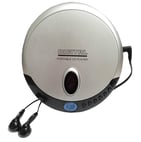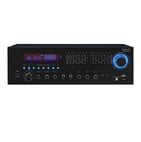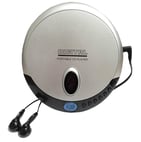
Official Akai audio equipment parts
Create your own vintage sound system paradise by restoring retro equipment from Akai Professional. With parts for Akai turntables, tape decks, receivers and amplifiers, Sears PartsDirect has what you need to achieve a high-fidelity listening experience.
Categories
Audio Equipment
Brands


